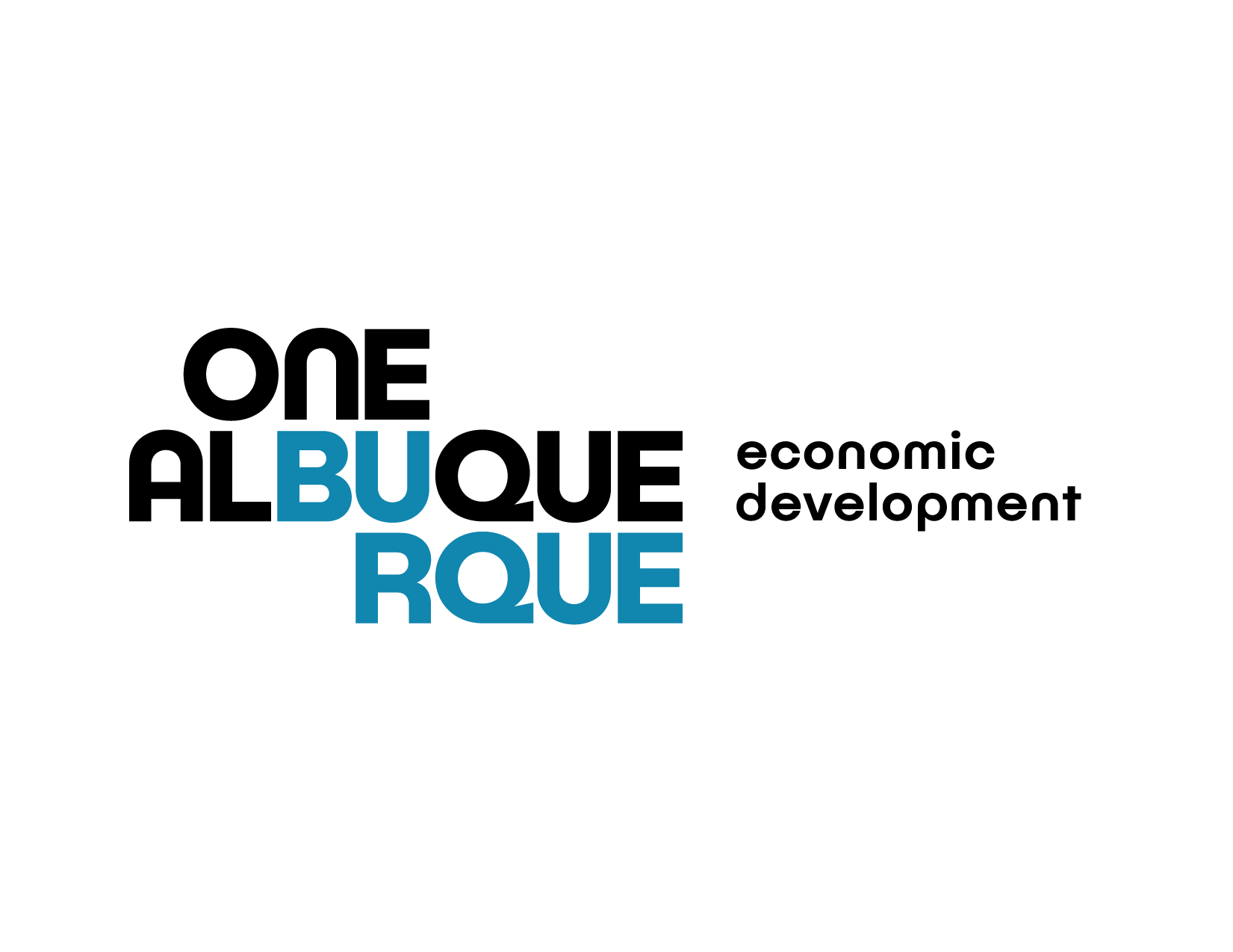Report on Socio-Economic Challenges and Sustainable Development in Guatemala
Introduction: Post-Conflict Guatemala and the 2030 Agenda
Nearly three decades after the conclusion of its civil war, Guatemala confronts significant obstacles to achieving the Sustainable Development Goals (SDGs). Widespread precarious employment, particularly among the youth, undermines progress towards SDG 8 (Decent Work and Economic Growth) and SDG 1 (No Poverty). The political landscape remains fragile, with public trust in democratic institutions low. The 2023 election of the Arévalo administration signaled a public mandate to advance SDG 16 (Peace, Justice and Strong Institutions) by combating endemic corruption and strengthening the rule of law. However, the government’s efforts are hampered by systemic challenges, including a co-opted justice system and an inability to fully implement its agenda, threatening a regression in democratic and developmental progress.
Economic Performance and Barriers to SDG 8 (Decent Work and Economic Growth)
Macroeconomic Overview
Guatemala’s macroeconomic situation presents a misleading picture of stability that masks deep-seated vulnerabilities impacting its capacity to achieve the SDGs. Key indicators include:
- Insufficient GDP Growth: An average growth rate of 3.5% over the last 15 years is inadequate to significantly reduce poverty and create decent work; a sustained rate of 7% is required to meet SDG 8 targets.
- Consumption-Driven Economy: Growth is primarily fueled by consumption, much of which is supported by migrant remittances.
- Dependence on Remittances: Remittances, totaling US$21.51 billion in 2024, represent Guatemala’s primary economic stabilizer. A sharp decline would trigger a severe economic crisis, jeopardizing national progress on all SDGs.
Structural Impediments to Inclusive Growth
The Guatemalan economy is described as “trapped” by structural factors that inhibit inclusive development and exacerbate inequality, directly contravening SDG 10 (Reduced Inequalities). Oligopolistic practices by large family-owned conglomerates dominate the economy, stifling the growth of small and medium-sized enterprises. This concentration of economic power has fostered a state with limited capacity to promote the public interest, leading to widespread unemployment, poverty, and mass migration. This dynamic fundamentally undermines the principles of SDG 16, which calls for effective, accountable, and inclusive institutions at all levels.
The Youth Demographic and its Implications for SDGs 4, 8, and 10
A Squandered Demographic Dividend
Guatemala possesses the largest demographic dividend in the Americas, a critical opportunity for accelerating development. However, this potential remains largely untapped.
- 60% of the population is under the age of 30.
- 32% is under 15, and 28% is between 15 and 29.
Failure to provide this demographic with opportunities for quality education and decent work represents a significant loss for the country’s long-term sustainable development trajectory.
Migration and Human Capital Flight
The lack of domestic opportunities drives a significant outflow of young, educated Guatemalans, constituting a “brain drain” that impedes progress on SDG 4 (Quality Education) and SDG 8. A 2022 International Organization for Migration (IOM) survey revealed that 49% of migrants were between 15 and 24 years old when they left. The migrant population in the United States has a higher average level of schooling (9 years) than the national average in Guatemala (6.6 years), representing a substantial loss of human capital.
Labor Market Realities for Youth
The domestic labor market fails to provide conditions conducive to achieving SDG 8. Key challenges include:
- High Informality: In 2023, 78% of the workforce was not registered with the social security system.
- Low Productivity: The informal economy generated only 20% of GDP in 2023.
- Inadequate Income: The average monthly income of US$309 is significantly below the US$466 required to cover the basic food basket, perpetuating the cycle of poverty addressed in SDG 1.
Policy Analysis and Recommendations for Achieving the SDGs
Current Policy Gaps
Despite the urgency, policy implementation remains slow. The review of the National Policy on Decent Employment (PNED), initiated in 2017 and continued by the current government, is still incomplete. This has resulted in fragmented actions with limited impact. Youth disinterest in politics, driven by a belief that the country offers no opportunities, poses a challenge to building the inclusive society envisioned in SDG 16.
Recommendations for Improving Access to Quality Education (SDG 4)
To align the education system with the needs of the labor market and advance SDG 4, the following actions are proposed:
- Increase coverage of upper secondary education, currently accessible to only one in four young people.
- Reduce school failure rates and revise policies that prevent repeat students from re-enrolling in state schools.
- Review and adapt secondary school curricula to align with occupational priorities identified in the PNED.
- Expand work experience and internship programs, ensuring they provide genuine vocational learning.
- Integrate career guidance and education on labor rights into the education system.
- Increase public funding for secondary school scholarships and expand vocational training courses.
- Strengthen the ‘My First Job’ grant program by linking it to formal apprenticeship contracts with structured mentoring and monitoring.
Recommendations for Facilitating Labor Market Entry (SDGs 8 & 10)
To create a more inclusive and equitable labor market in line with SDG 8 and SDG 10, the following measures are recommended:
- Launch awareness campaigns to combat discriminatory hiring practices based on residence, school type, appearance, or sexual orientation.
- Strengthen the national employment service by incorporating training in soft skills and labor rights.
- Reinforce labor inspection to better protect workers’ rights, including the fundamental rights to freedom of association and collective bargaining, which are central tenets of SDG 8 and SDG 16.
Conclusion: The Imperative for Youth-Centric Sustainable Development
Guatemala is at a critical juncture. The nation’s ability to achieve the Sustainable Development Goals is intrinsically linked to its capacity to harness the potential of its youth. Continuing to neglect this demographic will not only forfeit the economic benefits of the demographic dividend but also further erode social cohesion and democratic stability. A concerted effort to implement policies that advance SDG 4, SDG 8, SDG 10, and SDG 16 is essential for creating a prosperous, just, and sustainable future for all Guatemalans.
Analysis of the Article in Relation to Sustainable Development Goals
1. Which SDGs are addressed or connected to the issues highlighted in the article?
The article discusses several interconnected socio-economic and political challenges in Guatemala that directly relate to multiple Sustainable Development Goals (SDGs). The primary issues of precarious employment, poverty, inequality, corruption, and lack of quality education and opportunities for youth are central themes that align with the following SDGs:
- SDG 1: No Poverty – The article highlights that the average income of US$309 per month is significantly below the US$466 required to cover the basic food basket, indicating widespread poverty.
- SDG 4: Quality Education – The text points to severe limitations in the education system, such as only one in four young people having access to upper secondary school, a high school failure rate, and a national average of only 6.6 years of schooling. Proposals are made to improve educational access and relevance.
- SDG 8: Decent Work and Economic Growth – This is a central theme. The article details “widespread precarious employment,” extremely high informal employment (78%), low productivity, and the need for a 7% GDP growth rate to provide decent work, compared to the current 3.5%. The focus on youth employment and the “My First Job” initiative directly addresses this goal.
- SDG 10: Reduced Inequalities – The article discusses inequality as a decisive factor in the country’s problems. It mentions how oligopolistic practices by family-owned conglomerates lead to uneven growth and how young people face discrimination based on their place of residence, school, or sexual orientation, which limits their access to formal employment.
- SDG 16: Peace, Justice and Strong Institutions – The article extensively covers “endemic corruption,” the weakness of the rule of law, and a justice system controlled by the “‘Pact of the Corrupt’”. The new government’s pledge to fight corruption and strengthen institutions is a core part of the narrative, directly linking to this SDG.
2. What specific targets under those SDGs can be identified based on the article’s content?
Based on the specific problems and proposed solutions mentioned in the article, the following SDG targets can be identified:
SDG 1: No Poverty
- Target 1.2: By 2030, reduce at least by half the proportion of men, women and children of all ages living in poverty in all its dimensions according to national definitions. The article’s data on average income being insufficient to cover the basic food basket directly relates to this target of reducing poverty.
SDG 4: Quality Education
- Target 4.3: By 2030, ensure equal access for all women and men to affordable and quality technical, vocational and tertiary education, including university. The proposal to increase coverage of the upper secondary school cycle and expand vocational training aligns with this target.
- Target 4.4: By 2030, substantially increase the number of youth and adults who have relevant skills, including technical and vocational skills, for employment, decent jobs and entrepreneurship. The call to review school courses to adapt them to job market needs and offer more work experience opportunities directly supports this target.
SDG 8: Decent Work and Economic Growth
- Target 8.5: By 2030, achieve full and productive employment and decent work for all women and men, including for young people… The article’s entire focus on precarious employment, high informality, and the need for a national policy on decent employment for youth is connected to this target.
- Target 8.6: By 2020, substantially reduce the proportion of youth not in employment, education or training (NEET). The discussion on the lack of opportunities for youth, leading them to see migration as the only option, and proposals like the ‘My First Job’ grant are aimed at reducing the number of youth who are unemployed or not in training.
- Target 8.8: Protect labour rights and promote safe and secure working environments for all workers… The proposal to strengthen labour inspection to protect workers’ rights, including freedom of association and collective bargaining, is a direct reference to this target.
SDG 10: Reduced Inequalities
- Target 10.3: Ensure equal opportunity and reduce inequalities of outcome, including by eliminating discriminatory laws, policies and practices… The proposal for awareness campaigns to eradicate discrimination against young people in the hiring process based on their background or sexual orientation directly addresses this target.
SDG 16: Peace, Justice and Strong Institutions
- Target 16.5: Substantially reduce corruption and bribery in all their forms. The article’s repeated references to “endemic corruption,” the “‘Pact of the Corrupt’”, and the new government’s pledge to fight it are directly linked to this target.
- Target 16.6: Develop effective, accountable and transparent institutions at all levels. The text describes the “weakness of our fiscal system and public institutions” and a justice system that harasses the executive, highlighting the need to build more effective and accountable institutions.
3. Are there any indicators mentioned or implied in the article that can be used to measure progress towards the identified targets?
Yes, the article provides several quantitative and qualitative data points that can serve as indicators to measure progress towards the identified targets.
Indicators for SDG 1 & 8
- Proportion of population living below the national poverty line: Implied by the data that the average monthly income (US$309) is below the cost of the basic food basket (US$466).
- Annual growth rate of real GDP per capita: The article states the current average growth rate is 3.5%, while a sustained rate of 7% is required to reduce poverty.
- Proportion of informal employment in total employment: Explicitly mentioned as 78% in 2023. A reduction in this figure would indicate progress.
Indicators for SDG 4
- Participation rate of youth in secondary education: The article states that only “one in four young people” has access to the upper secondary school diversified cycle, providing a baseline for this indicator.
- Average years of schooling: The national average is mentioned as 6.6 years, which can be tracked over time.
Indicators for SDG 8
- Proportion of youth (aged 15-24 years) not in employment, education or training (NEET): While not giving a direct percentage, the article implies this is high by stating that young people see migration as the only option and that 49% of migrants were between 15 and 24 when they left.
Indicators for SDG 16
- Proportion of population who believe democracy is the best form of government: The article cites a 2021 report stating this figure was 52%. This serves as a perception indicator for the strength and legitimacy of institutions.
- Proportion of population who support a coup justified by corruption: Mentioned as reaching 51% five years prior to the article, this is a strong indicator of public perception of corruption and institutional failure.
4. Table of SDGs, Targets, and Indicators
| SDGs | Targets | Indicators |
|---|---|---|
| SDG 1: No Poverty | 1.2 Reduce at least by half the proportion of people living in poverty according to national definitions. | Average monthly income (US$309) compared to the cost of the basic food basket (US$466). |
| SDG 4: Quality Education | 4.3 Ensure equal access to affordable and quality technical, vocational and tertiary education. 4.4 Increase the number of youth and adults with relevant skills for employment. |
– Participation rate in upper secondary education (1 in 4 young people). – National average years of schooling (6.6 years). |
| SDG 8: Decent Work and Economic Growth | 8.5 Achieve full and productive employment and decent work for all. 8.6 Substantially reduce the proportion of youth not in employment, education or training (NEET). 8.8 Protect labour rights and promote safe working environments. |
– Annual GDP growth rate (3.5% vs. required 7%). – Proportion of informal employment (78%). – High youth migration as an indicator of lack of opportunities (49% of migrants were 15-24). |
| SDG 10: Reduced Inequalities | 10.3 Ensure equal opportunity and reduce inequalities of outcome, including by eliminating discriminatory practices. | Mention of discrimination against youth in employment based on residence, school, clothing, or sexual orientation. |
| SDG 16: Peace, Justice and Strong Institutions | 16.5 Substantially reduce corruption and bribery. 16.6 Develop effective, accountable and transparent institutions. |
– Percentage of citizens considering democracy the best form of government (52%). – Percentage supporting a hypothetical coup due to corruption (51%). |
Source: equaltimes.org


:strip_icc()/i.s3.glbimg.com/v1/AUTH_63b422c2caee4269b8b34177e8876b93/internal_photos/bs/2025/Z/d/OPUvBaRJ6HG9aYr2rcJg/foto24bra-101-percap-a4.jpg)




